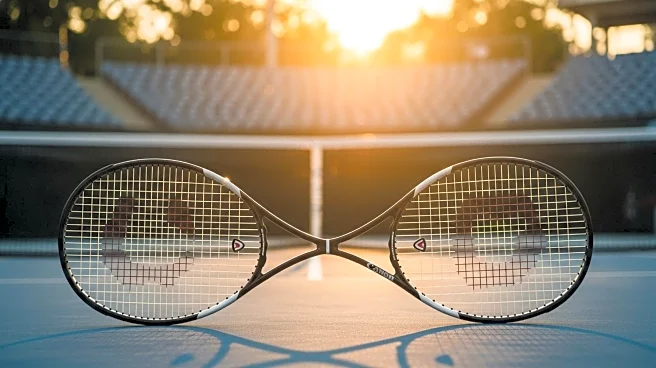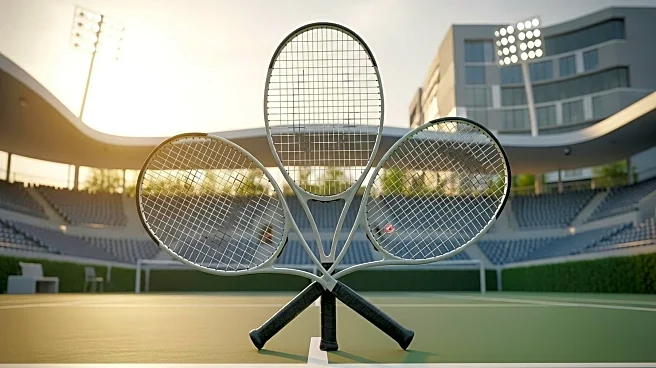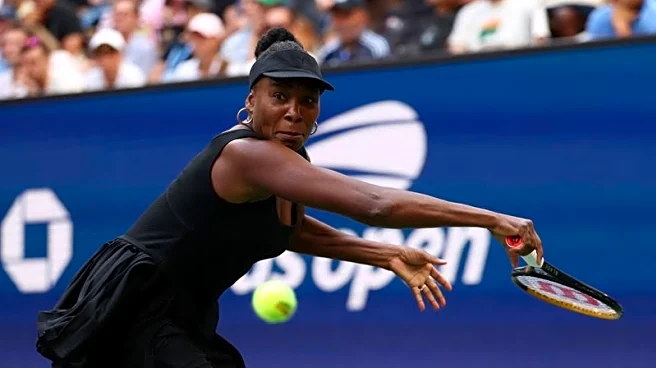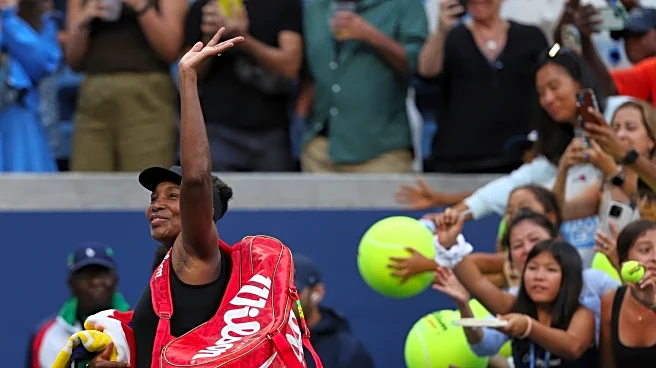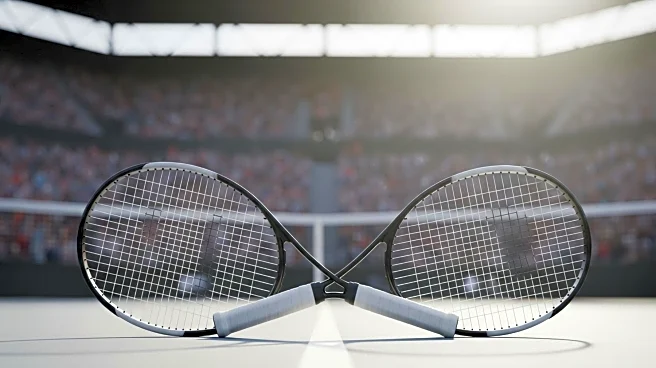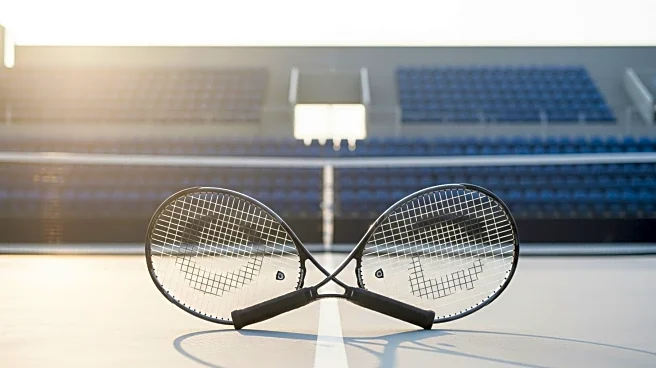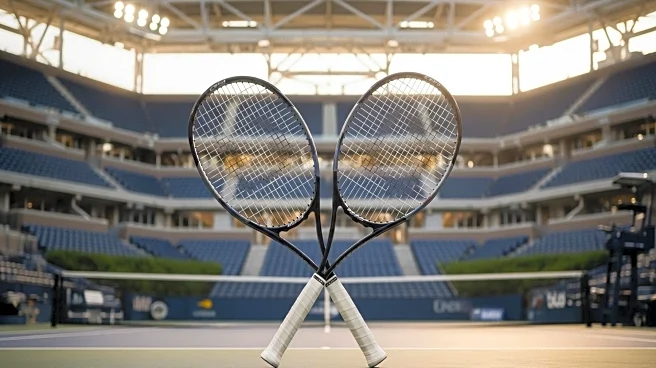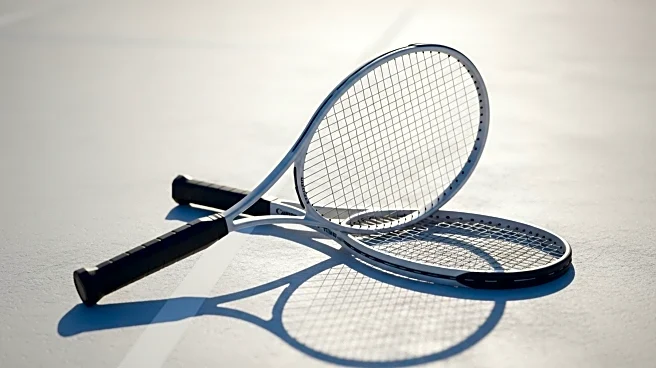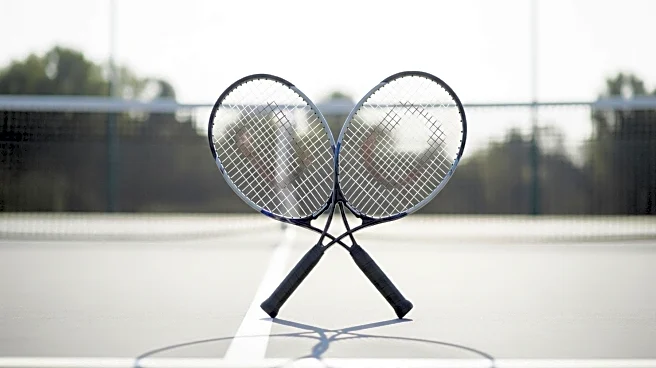What's Happening?
Venus Williams, alongside partner Leylah Fernandez, concluded her doubles run at the U.S. Open after being defeated by the top-seeded duo of Taylor Townsend and Katerina Siniakova in the quarterfinals. The match ended with scores of 6-1, 6-2, and Williams received a standing ovation from the crowd at Louis Armstrong Stadium. Despite her success in doubles, Williams expressed her preference for singles play, stating that she has no intention of becoming a dedicated doubles player. At 45 years old, Williams is one of the oldest competitors in the singles category at the U.S. Open, and her future in competitive tennis remains uncertain.
Why It's Important?
Venus Williams is a legendary figure in tennis, with a career spanning decades and numerous Grand Slam titles. Her potential retirement or shift in focus could mark the end of an era in women's tennis, impacting fans and the sport's history. Williams' decision will also influence the dynamics of future tournaments, as her presence has been a significant draw for audiences. Her career choices may inspire younger players, like Taylor Townsend, who have looked up to her as a role model. The uncertainty surrounding her future adds intrigue to the tennis world, as stakeholders await her next move.
What's Next?
Williams has commitments in the coming weeks, which she plans to honor, but her competitive future remains undecided. She has expressed a desire to continue playing if opportunities arise, though she has not made any definitive plans. The tennis community will be watching closely for any announcements regarding her career. Meanwhile, Townsend and Siniakova will advance to the semifinals, facing Elise Mertens and Veronika Kudermetova, as they aim for their third Grand Slam final as a duo.
Beyond the Headlines
Williams' career decisions may have broader implications for discussions on athlete longevity and the challenges faced by older competitors in maintaining peak performance. Her openness about travel distaste highlights the personal sacrifices athletes make, which could influence future conversations about athlete welfare and career sustainability.
